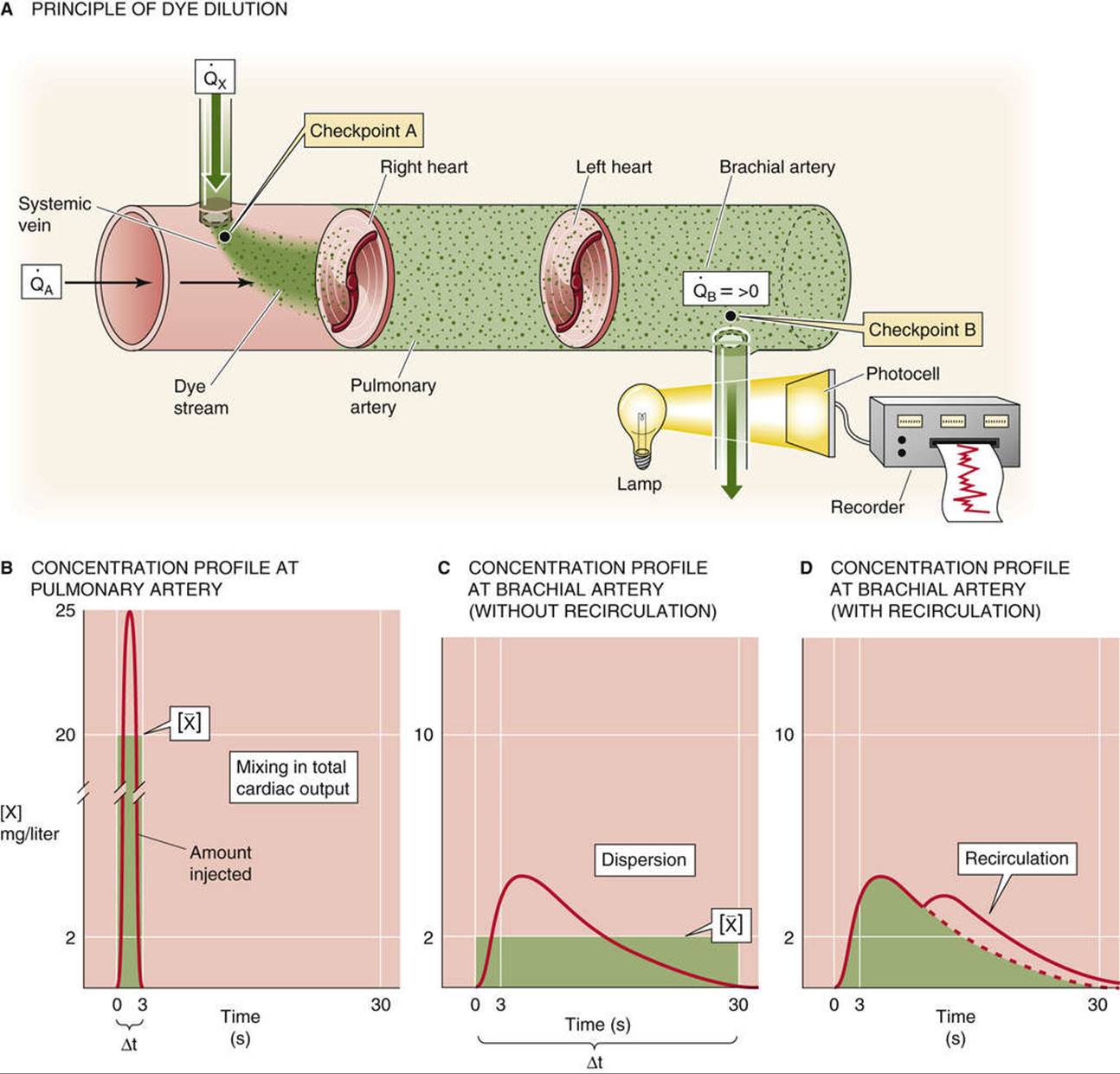Dye Dilution Fundamentals Explained
Wiki Article
The Greatest Guide To Dye Dilution
Table of ContentsThe smart Trick of Dye Dilution That Nobody is DiscussingUnknown Facts About Dye DilutionSome Known Facts About Dye Dilution.The Buzz on Dye DilutionAn Unbiased View of Dye DilutionLittle Known Questions About Dye Dilution.
Criterion service # 2 need to have an 80% concentration of color. 0 x 10-6 M, what is 80% of this amount?The concentration of the 80% option is 3. Standard service # 3 need to have a 60% concentration of dye. Due to the fact that the concentration of dye is 60%, the 10 m, L of the 10 m, L vial has 0.
In the dye volume computation, we see that a 60% remedy resulted in 6. 0 m, L of color being added to the vial. In the 60% soution, the 10 m, L volume is comprised of 6.

Getting My Dye Dilution To Work
The concentration of the 60% service is 2. Criterion solution # 5 ought to have a 20% concentration of color. Due to the fact that the concentration of color is 20%, the 10 m, L vial need to contain 0.0 m, L color. You can additionally conceptually consider this dilution as 2 parts dye and also 8 parts water. In the dye volume computation, we see that a 20% remedy led to 2. 0 m, L of color being included in the vial. If the complete quantity is 10 m, L, just how much of the service should be water? In the 20% soution, the 10 m, L volume is consisted of 2.
Criterion remedy # 5 need to have a 20% focus of dye. 0 x 10-6 M, what is 20% of this amount?
The number of divisions that can be measured is only limited by the dynamic series of the detection system and the fidelity of the means the color is shared. The procedures utilized are extremely easy and well established. Generally you tarnish your cells and afterwards promote them in some method the success, or not, of the stimulus is determined by the variety of department tops after a defined time duration.
More About Dye Dilution
However if you also want other details, such as expression of a marker, after that there will need to be a decision regarding which other colors can be utilized (as with all circulation cytometric experiments!). Lipophilic dyes (PKH dyes; Cell, Vue Cherry) bind to lipids in the cell membrane and are typically used to tag cells for cell tracking experiments.SUMMARY: Structure on what was discovered in Basic DILUTION, trainees will determine the finest dilution approach to solve a dilution problem. Students are provided an unidentified color solution and asked to identify its concentration by contrasting it with requirements they produce. Repeated "serial" dilutions will be necessary to identify precise concentration readings.
Life does not constantly hand you every one of the devices to fix issues in a "recipe book" way. In this experiment the trainees use the tools they learned to resolve a slightly much more challenging problem. In this lesson we will use household food coloring. The students will certainly have a much bigger shade strength variety to deal with, due to the highly focused nature of the dyes.
An Unbiased View of Dye Dilution
Make sure they have numerous shades, so they are required to make a selection. Too high a focus and also the students may assume they have fixed the problem too quickly.This laboratory can be messy! Give out products and website link one unknown per team Instruct trainees that: a) They are to determine the concentration of the unknown to the highest possible accuracy possible (Presume that the color in the food shade containers is 100%.) b) Their quality relies on the accuracy of their solution, their reasoning, as well as preservation of sources.
Serial dilutions will certainly need to follow. Address helpful resources no inquiries of a technical nature until every person is done. Do not hand out any type of more color or materials throughout the experiment.


Dye Dilution Fundamentals Explained
Taking a look at the shade choices of dye, they choose the red color as being the closest to the color of the unknown. Opening up the color bottle they note that there is just a tiny quantity of dye to make use of and also it only comes out in drops. As an experiment, 2 drops are contributed to 10ml of water and also mixed.1 decrease = 0. 05ml so 2 decreases = 0. 01 or a 1% focus of the supply color container.
0%, 0. 6%, 0. 4%, 0.
2% is more extreme than the unidentified. 0. 2% is picked as the "new stock" as well as is thinned down making use of the simple dilution method to the calculated values of: 0. 2%, 0. 16%, 0. 12%, 0. 08%, 0. 04% & 0. KEEP IN MIND: they could have chosen a various dilution collection to make the numbers easier to deal with, Going Here such as 0.
The Main Principles Of Dye Dilution
15%, 0. 10% 0. 05%, & 0. It shows up that the dye is someplace between 0. 04% and 0. 08%. The distinctions are so subtle at this moment they determine not to try further improvements in their dilution series. They make an ideal guess of 0. 06% and also record this as their solution.Each pupil presents their part of the procedure and goes over the troubles and options. As you can see from the above circumstance, careful record maintaining and math are really important to successful conclusion of this laboratory - Dye Dilution.
How did you choose the dilutions that you utilized? Utilizing one decrease of focused dye, exactly how much water would you have to include to thin down the color to the focus of the unidentified? Just how thin down a solution is it feasible to blend and also still spot over the blank?
Report this wiki page